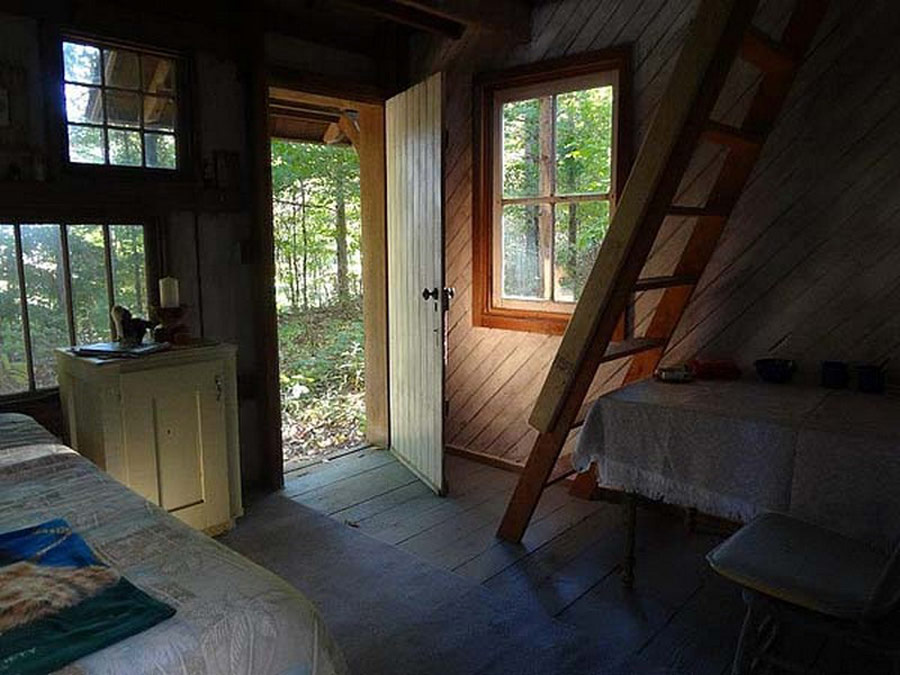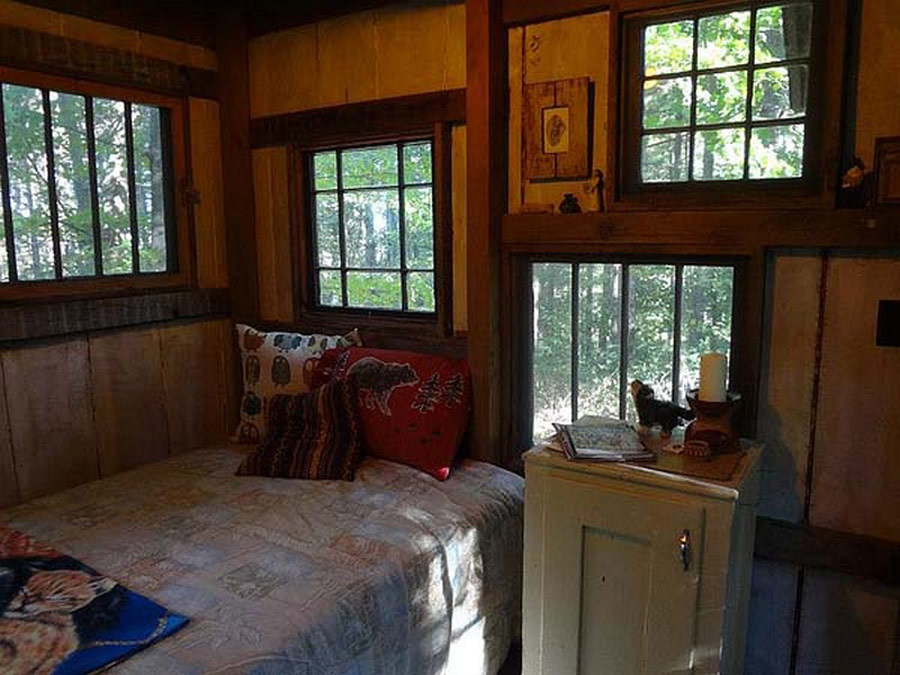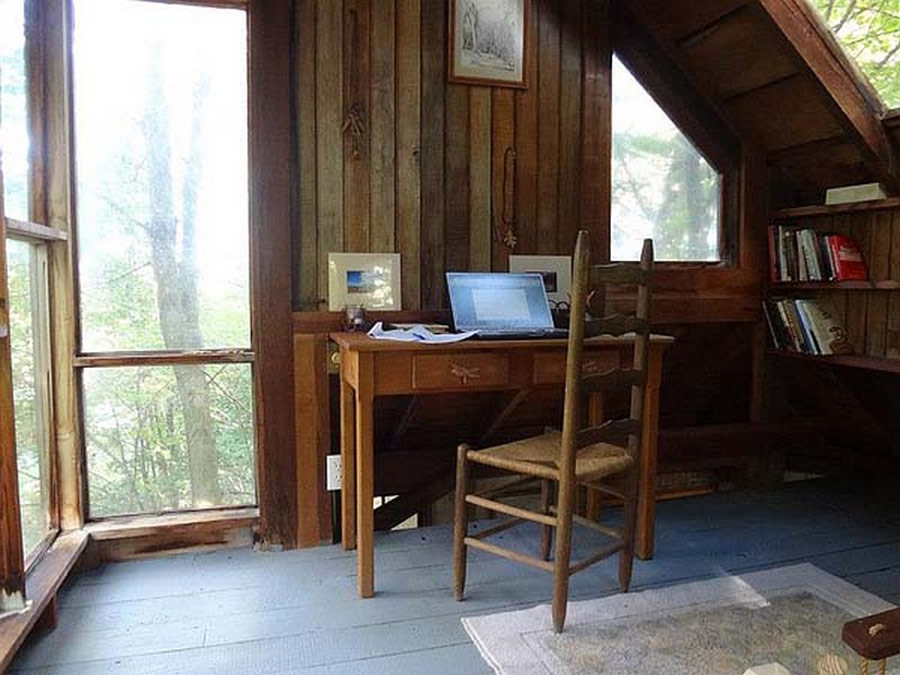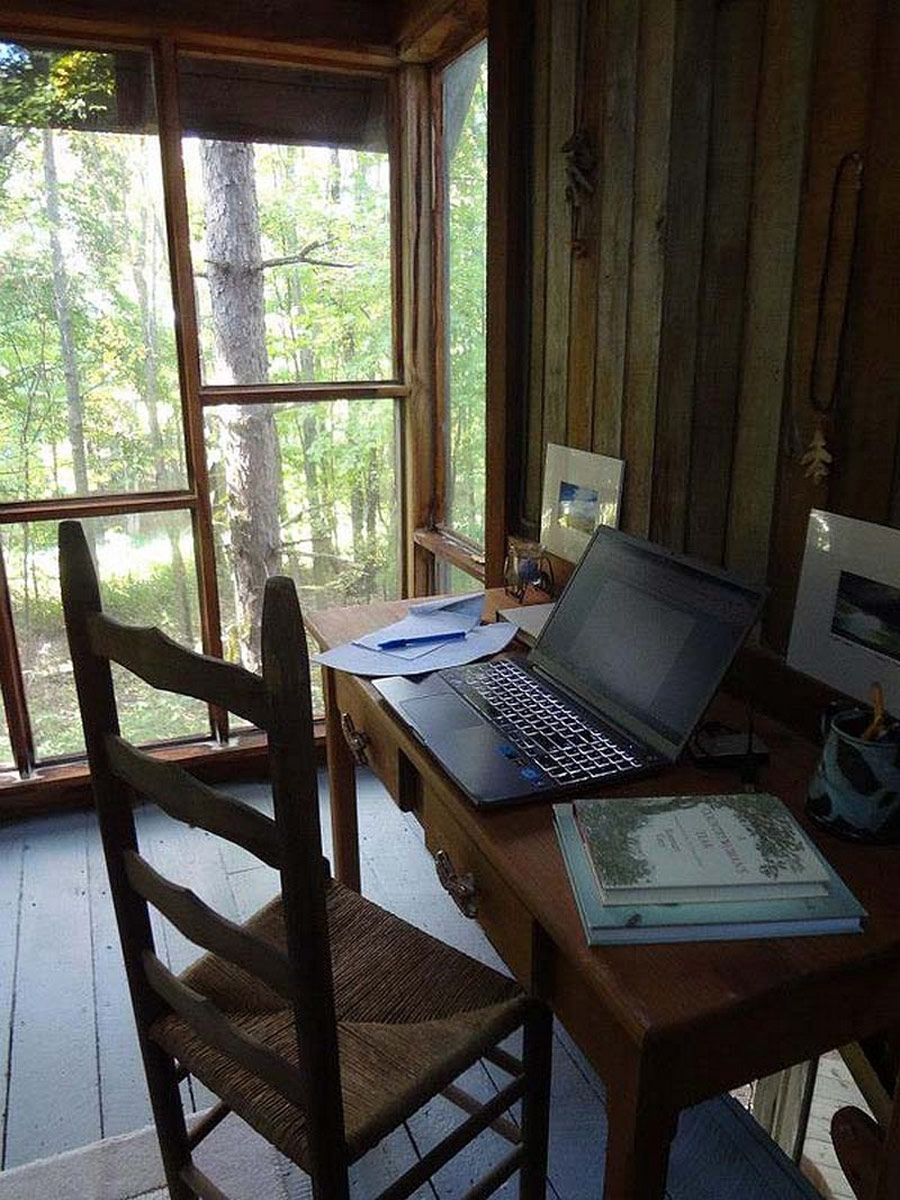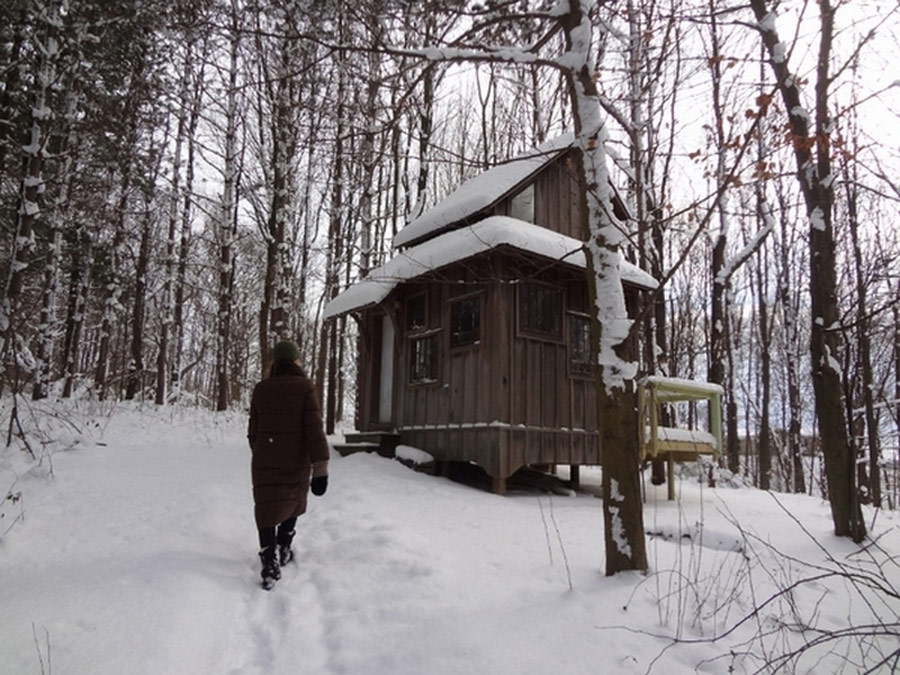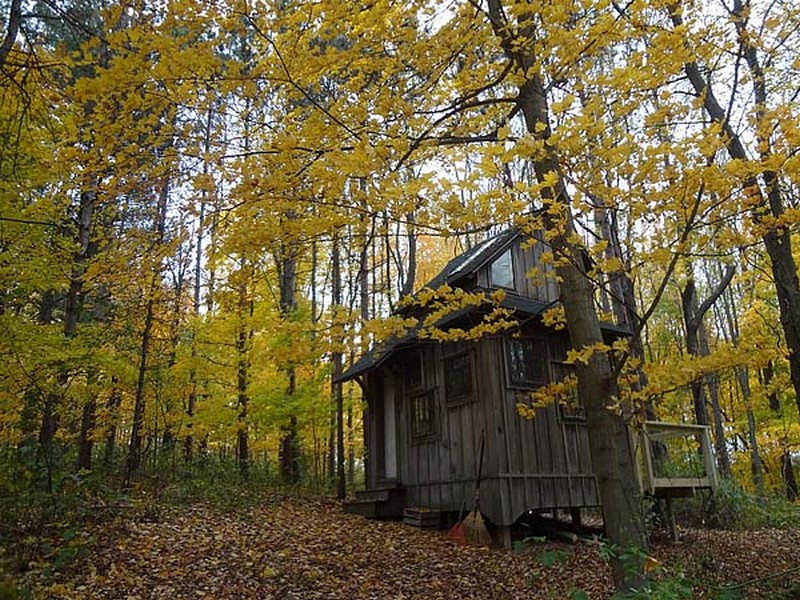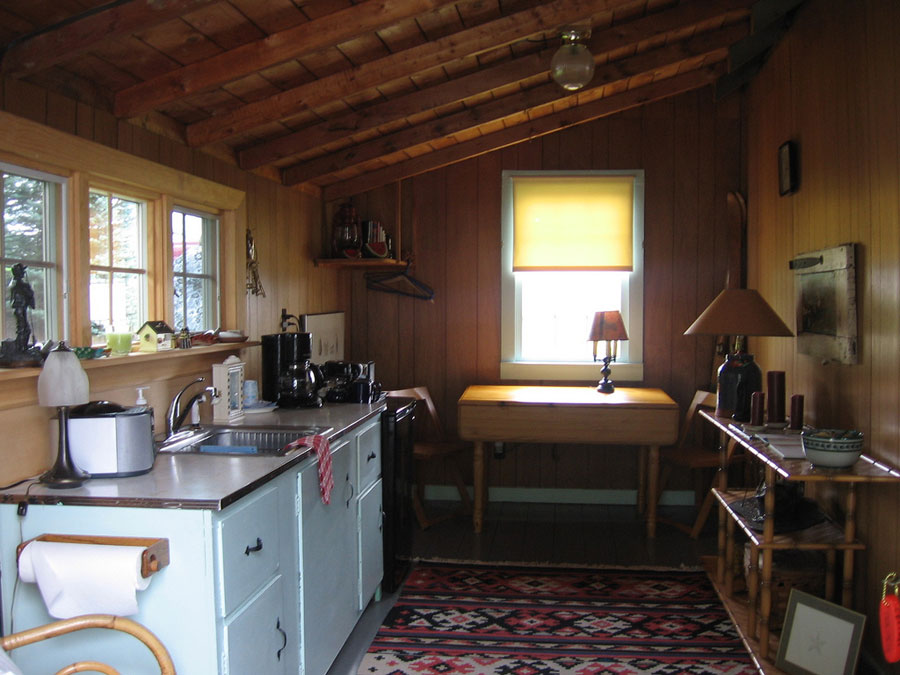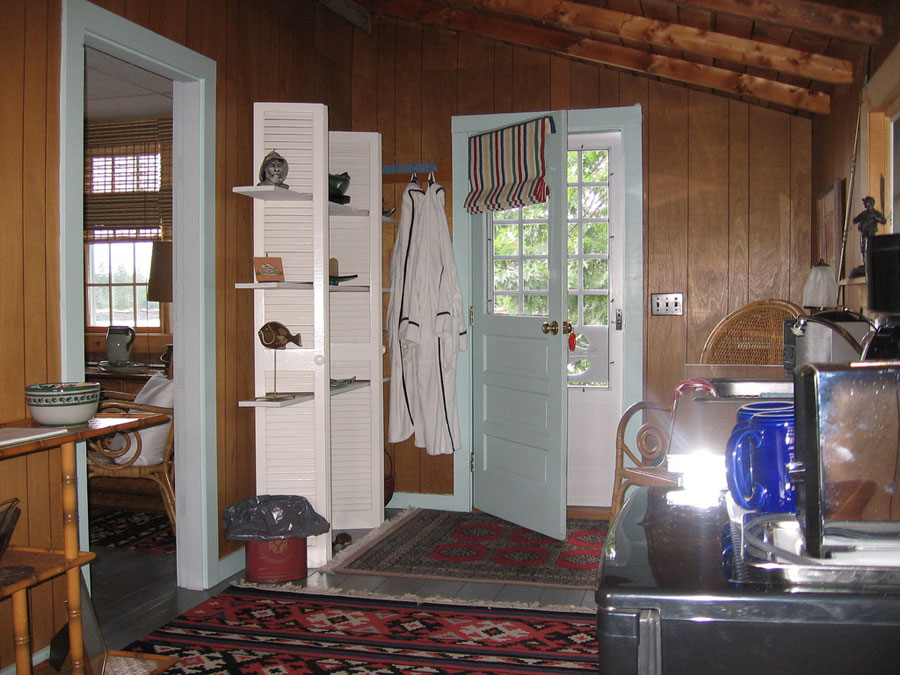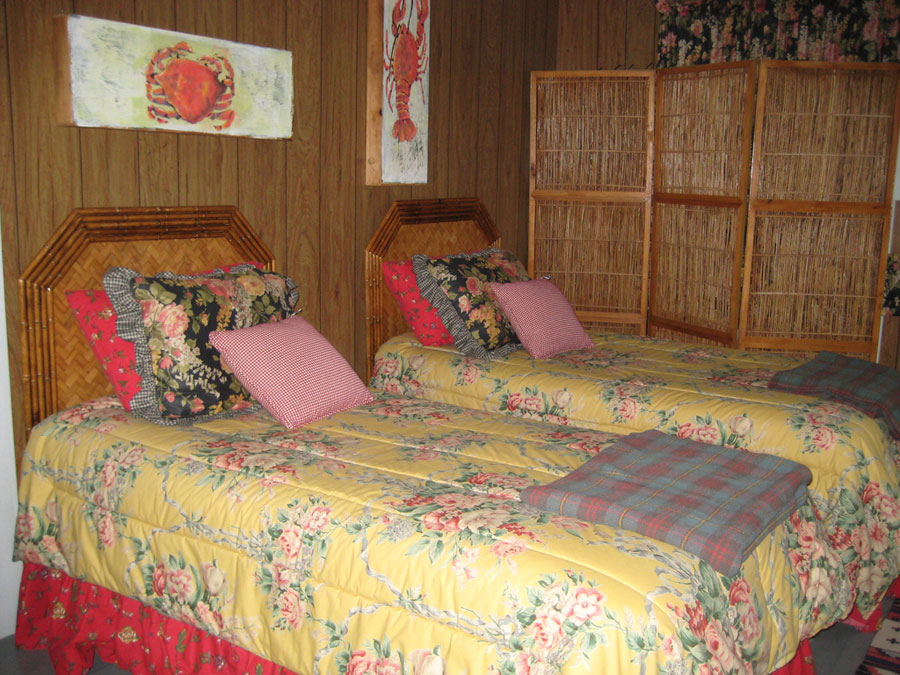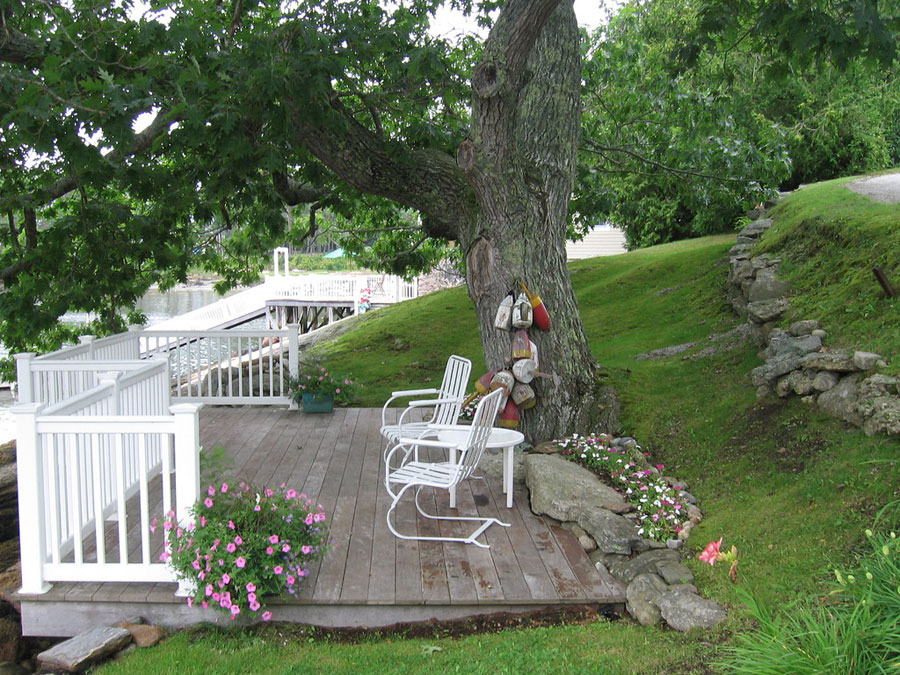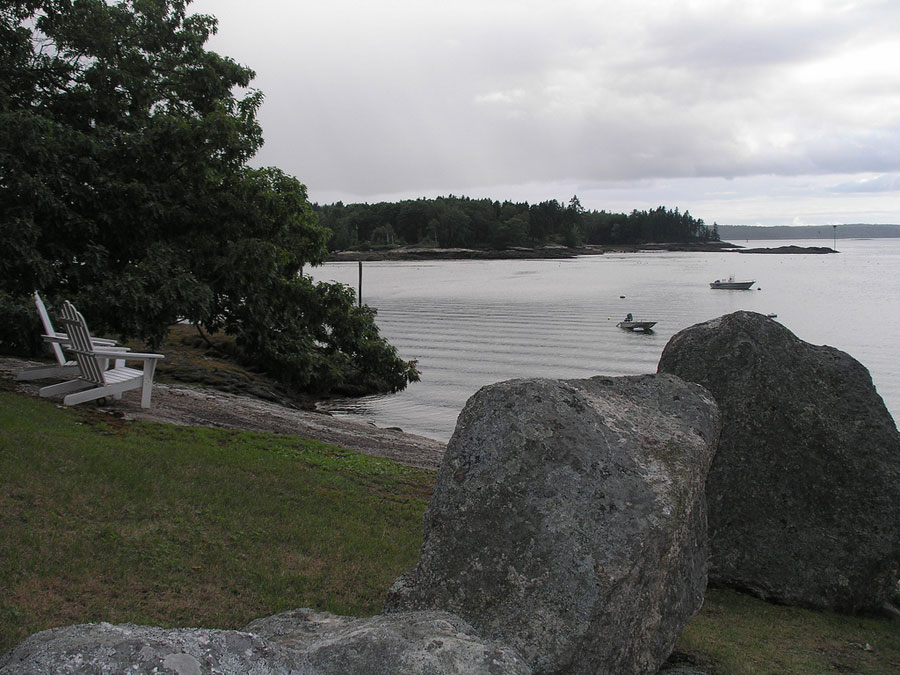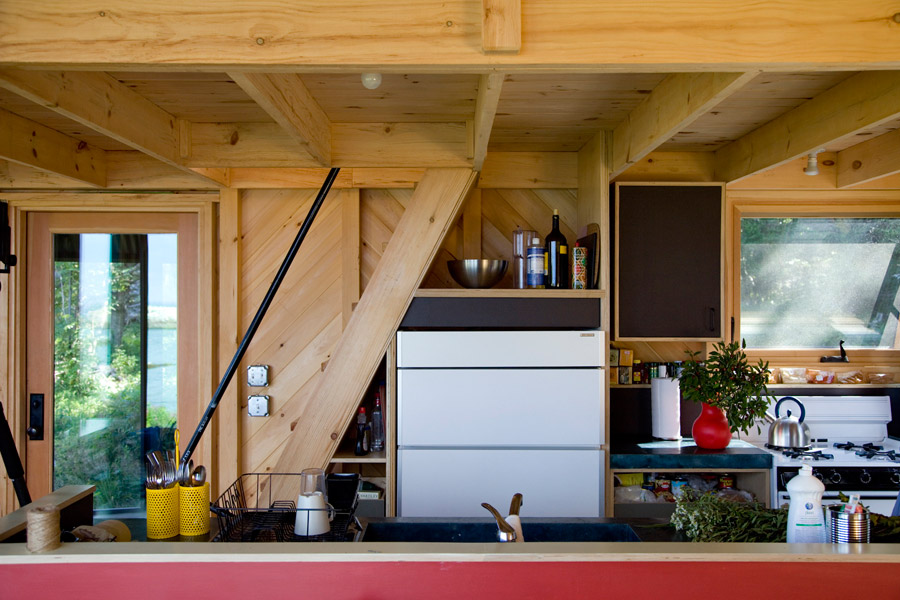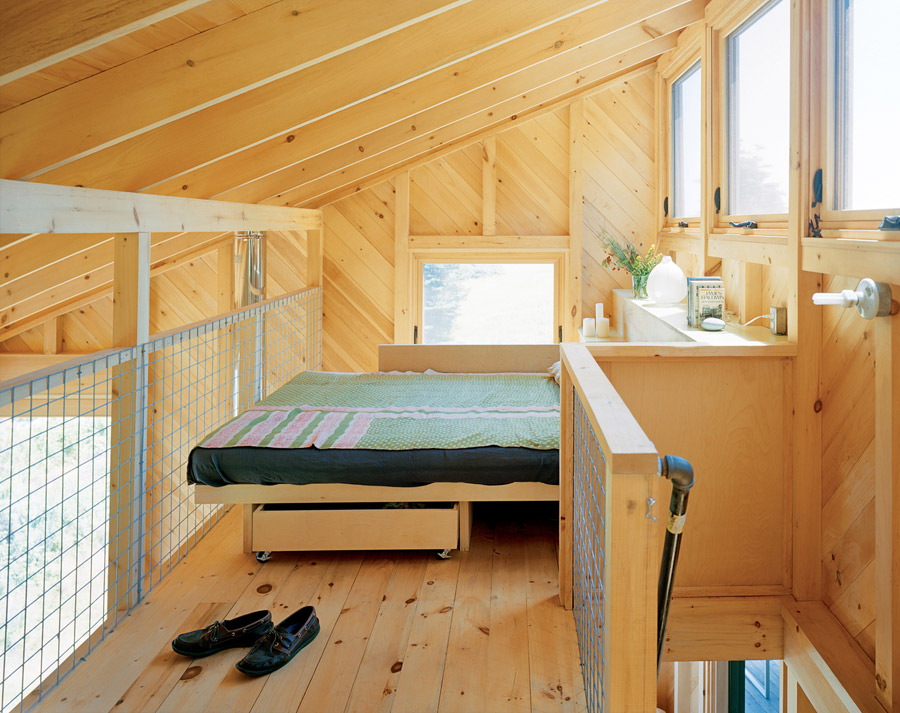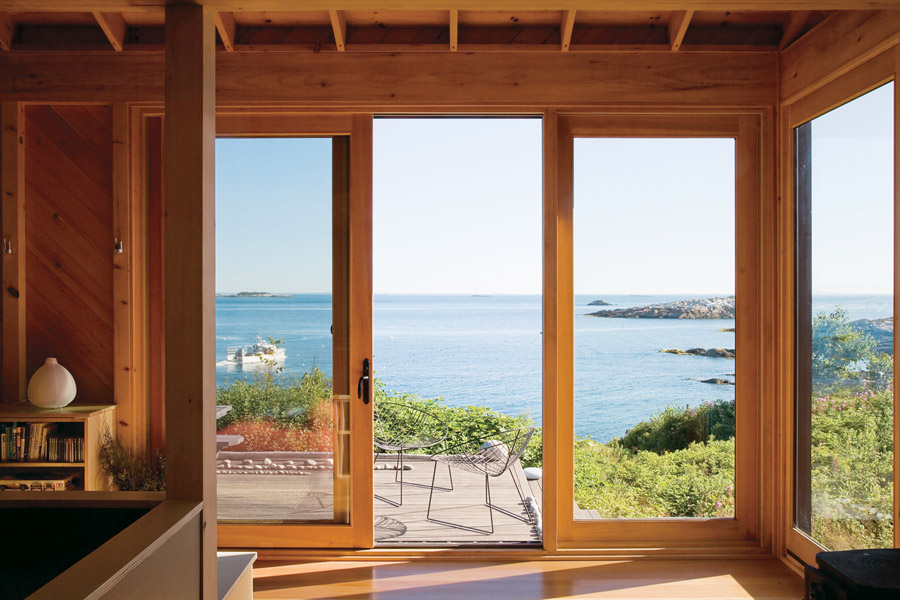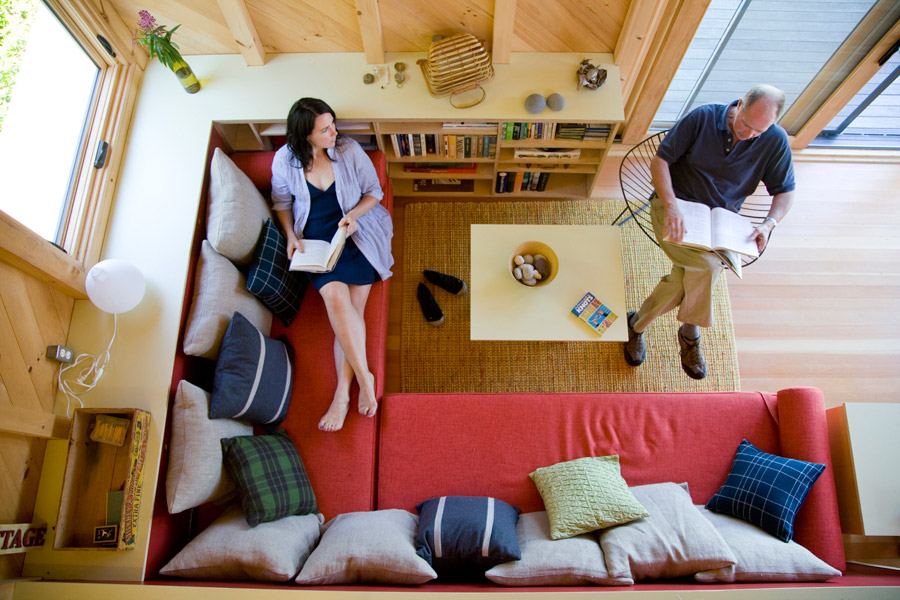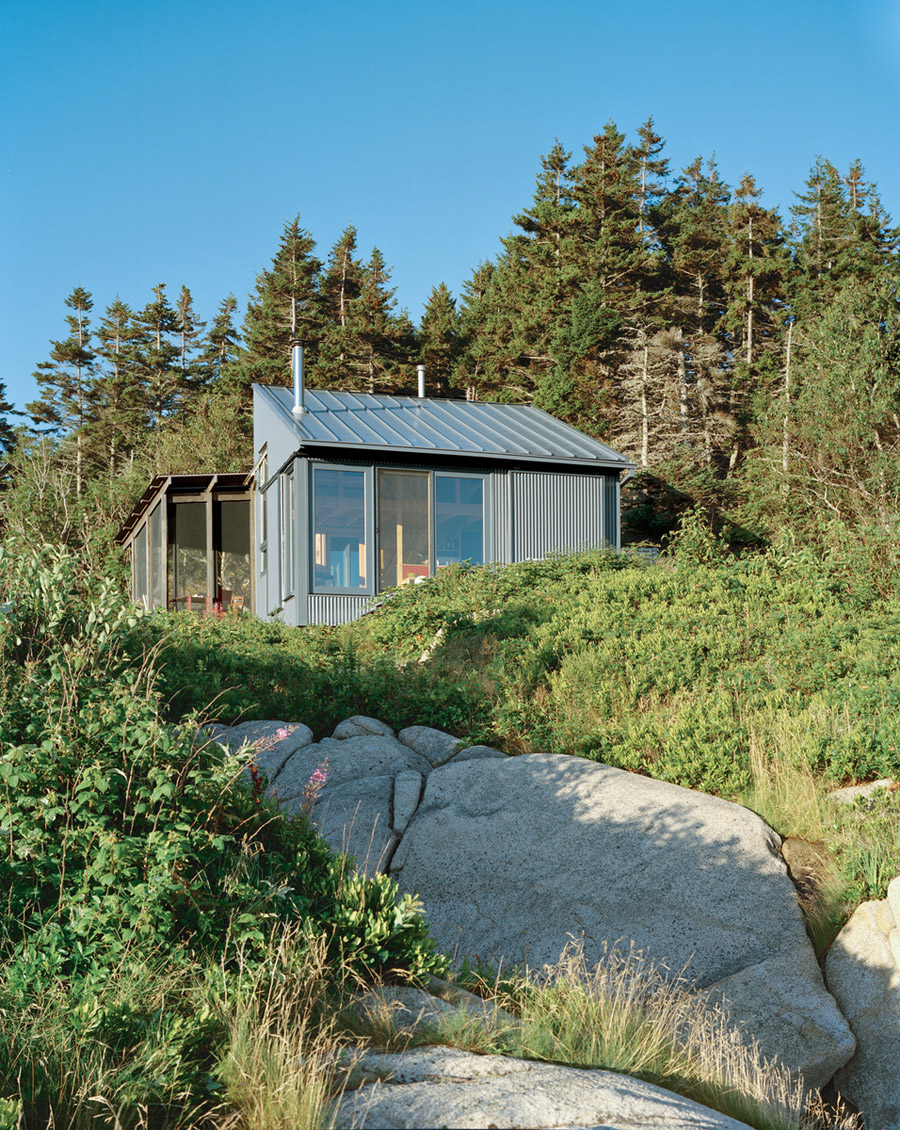Industrial Hemp Cultivation Begins in Colorado – Free at Last!
 Alex Pietrowski, Staff Writer
Alex Pietrowski, Staff Writer
Waking Times
In a major victory for US farmers, activists, and those who advocate the many uses of industrial hemp, the first commercial crop of hemp to be cultivated in the United States in almost 6 decades was recently harvested in Colorado. Although different from the psychoactive plant cannabis, due to federal marihuana prohibition during the early 1900′s, the nation's last commercial crop of hemp was planted in 1957 in Wisconsin, after over half a million acres were grown during WWII to assist the nation's war effort.
In November of 2012, Colorado passed Amendment 64 which revised the state's drug-policy laws for cannabis, declaring that industrial hemp be regulated separately from cannabis. In June of 2014, the governor of Colorado signed legislation prescribing a limit to the amount of THC content in hemp, and establishing a committee within the State Department of Agriculture tasked with developing regulations for commercial hemp farming by 2014.
However, in anticipation of regulation and to test out the murky waters of State versus Federal drug law, some activists planted hempseed this year, and hemp activists and farmers recently met in Springfield, Colorado to celebrate this year's cultivation of 60 acres of the fibrous weed:
The usefulness of hemp is widely documented and many other nations profit from its commercial cultivation, but, here in the US the wide range of hemp products available on the market are comprised of imports:
"The sale of hemp products in the U.S. — including food, cosmetics, clothing and industrial materials — reached an estimated $500 million last year, according to the Hemp Industries Association.
Yet because of a federal prohibition on growing, all hemp used in U.S. products is imported from foreign countries.
With the November passage of Amendment 64, which legalized hemp in addition to small amounts of marijuana, Colorado becomes a test case on the issue of how much muscle the federal government will flex against states with legal cannabis." (Denver Post)
 Hemp should be traded on the market exchanges along side corn, wheat and other commodities, as it offers an abundant, easily produced resource to a wide variety of industries. Hemp is used in quality textiles, in the production of bio-fuels, in insulation and building materials, rope, in cosmetics, soaps, and shampoos. Nutritionally, it is one of the most valuable plants for the human body and products include hemp oil, hempseed, hemp milk, hemp protein, supplements and more. As a replacement for wood pulp, hemp fiber holds untapped potential as a resource to replace the over-harvesting of trees, and it is being used as a renewable bio-fuel.
Hemp should be traded on the market exchanges along side corn, wheat and other commodities, as it offers an abundant, easily produced resource to a wide variety of industries. Hemp is used in quality textiles, in the production of bio-fuels, in insulation and building materials, rope, in cosmetics, soaps, and shampoos. Nutritionally, it is one of the most valuable plants for the human body and products include hemp oil, hempseed, hemp milk, hemp protein, supplements and more. As a replacement for wood pulp, hemp fiber holds untapped potential as a resource to replace the over-harvesting of trees, and it is being used as a renewable bio-fuel.
Long considered a useful and necessary part of the American economy, it has been observed by many that the outlawing of hemp in the US was the result of political intervention by insiders, bankers, an barons of the media, timber and the chemical industries who desired no market competition from this common-sense crop:
"Around the turn of the 20th century companies like DuPont created chemicals that were used in processing of paper; DuPont also created chemicals used for pesticides, herbicides and fertilizers, which were used extensively by the cotton industry (cotton is MUCH more chemical and water intensive compared to hemp). While this was going on, William Randolph Hearst invested in timber and mills to produce the paper for his newspaper, which was the largest chain in the U.S. at the time. His investments in the timber industry were backed by Mellon Bank.
The U.S. Secretary of the Treasury at that time was Andrew Mellon, who happened to own Mellon Bank (and was one of the backers for DuPont as well). Mellon's niece was married to Harry Anslinger who, incidentally, was connected to the alcohol prohibition campaign. He was out of a job (as were everyone else in that sector of the federal government) after the alcohol prohibition ended. To keep his family employed, Mellon created a new division of the federal government, the Bureau of Narcotics, and made Harry Anslinger the new head of that program.
Also during this time machinery was being developed to make hemp processing easier and more efficient. This was a threat to the paper, chemical, timber, and petroleum industries. Pharmaceutical companies were creating new medicines and drugs and were also threatened by the natural healing properties of the plant we know as hemp." (Waking Times)
The history of hemp is rich, interesting and rather inspiring, dating back to first European colonies at Plymouth Rock in the 1600′s. Hemp enthusiasts like to note that it was also cultivated by the first president of the United States, George Washington, and that the Declaration of Independence was written on paper made of hemp fiber. Still, many Americans are unaware of the differences between hemp and cannabis, and know very little of its history or of its potential value. This is changing, however, as widespread support for the end of cannabis prohibition spreads and the outreach effort grows.
http://videocenter.denverpost.com/services/player/bcpid934052406?bctid=2314726735001
Conclusion
The possibilities for industrial hemp are vast and the significance of this year's harvest is tremendous. In the quest for intelligent, common-sense solutions to the major issues facing mankind, the cultivation of industrial hemp is absolutely necessary. At a time when American farmers and entrepreneurs are struggling to meet the challenges of a poor economy, and while the technology to support innovation with natural products is unprecedented today, hemp is akin to an open-source, free-range raw material for pioneers of energy, design, and nutrition.
It should be a human right to cultivate and use whichever plants an individual chooses to, and the news about the cultivation of hemp in Colorado is cause for celebration.
About the Author
Alex Pietrowski is an artist and writer concerned with preserving good health and the basic freedom to enjoy a healthy lifestyle. He is a staff writer for WakingTimes.com and an avid student of Yoga and life.
Resources:
http://www.denverpost.com/ci_23066385/colorado-hemp-grower-plant-historic-first-u-s
http://en.wikipedia.org/wiki/Colorado_Amendment_64
http://en.wikipedia.org/wiki/Legal_history_of_cannabis_in_the_United_States
http://blog.norml.org/2013/06/14/colorado-governor-signs-law-regulating-state-hemp-production/
http://www.denverpost.com/news/marijuana/ci_22516321
https://www.youtube.com/watch?feature=player_embedded&v=O4f7xu5Vs5s#t=14
http://blogs.westword.com/latestword/2013/07/hemp_advisory_committee_colorado.php
This article is offered under Creative Commons license. It's okay to republish it anywhere as long as attribution bio is included and all links remain intact.















